What is the difference between 201 stainless steel and 304 stainless steel?
 What is the difference between 201 st...
What is the difference between 201 st...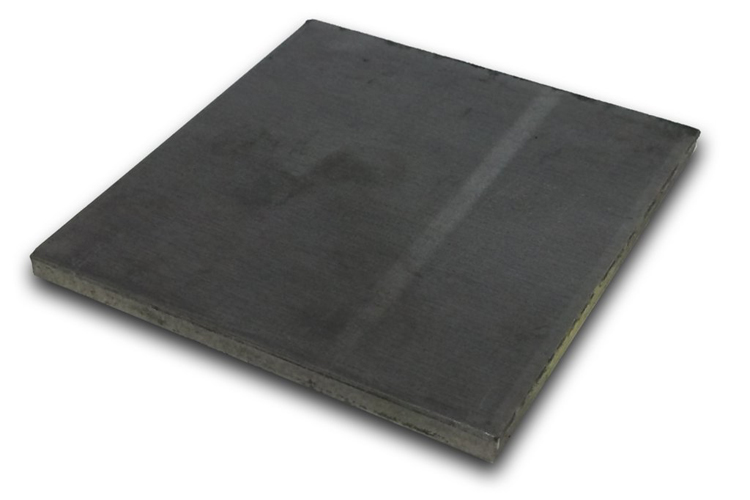
By definition, steel ingots or billets are difficult to deform at room temperature and difficult to process. Generally, they are heated to 1100-1250 °C for rolling. This rolling process is called hot rolling. The temperature of the hot-rolled sheet is high, so the deformation resistance is small, and a large amount of deformation can be achieved. Taking the rolling of steel plates as an example, the thickness of the continuous casting slab is generally about 230mm, and after rough rolling and finishing rolling, the final thickness is 1~20mm. At the same time, due to the small width-to-thickness ratio of the steel plate, the dimensional accuracy requirements are relatively low, and the plate shape problem is not easy to occur, and the main control is to control the crown. If there is a requirement for the structure, it is generally realized by controlled rolling and controlled cooling, that is, controlling the opening temperature, finishing rolling temperature and coiling temperature of the finishing rolling to control the microstructure and mechanical properties of the strip.
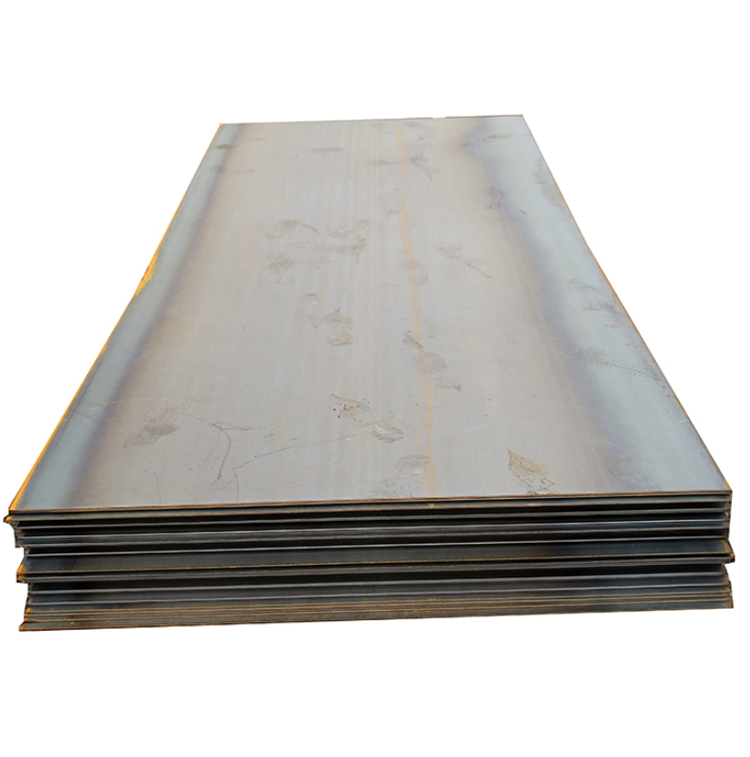
1) Structural steel
Mainly used in the production of steel structure parts, bridges, ships and vehicles.
2) Weathering steel
Add special elements (P, Cu, C, etc.), with good corrosion resistance and atmospheric corrosion resistance, used in the production of containers, special vehicles, and also used in building structures.

3) Steel for automobile structure
High-strength steel plate with good stamping performance and welding performance, used in the production of automobile FRAME, WHEEL, etc.
4) Hot rolled special steel
Carbon steel, alloy steel and tool steel for general mechanical structures are used in the production of various mechanical parts after heat treatment.
5) Cold rolled original plate
It is used to produce various cold rolled products, including CR, GI, color-coated sheet, etc.
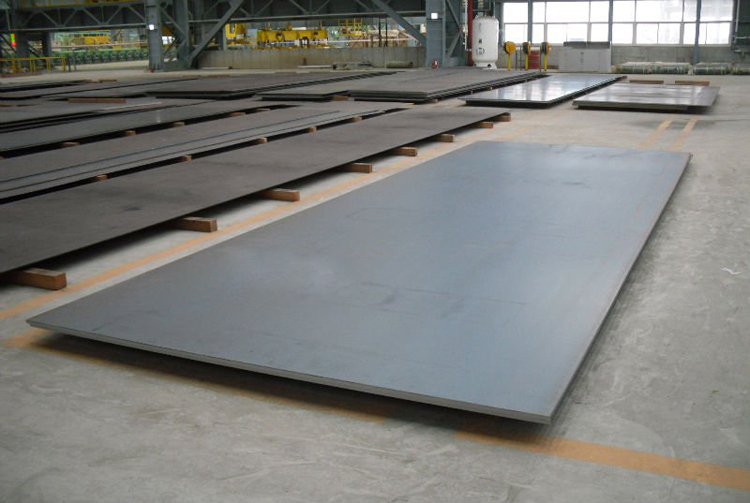
6) Steel plate for steel pipe
With good processing performance and compressive strength, it is used to produce high-pressure gas pressure vessels filled with LPG, acetylene gas and various gases with an inner volume of less than 500L.
7) Steel plates for high pressure vessels
With good processing performance and compressive strength, it is used to produce high-pressure gas pressure vessels filled with LPG, acetylene gas and various gases with an inner volume of less than 500L.
Stainless steel has good corrosion resistance and is mainly used in the food industry, surgical equipment, aerospace, petroleum, chemical and other industries.
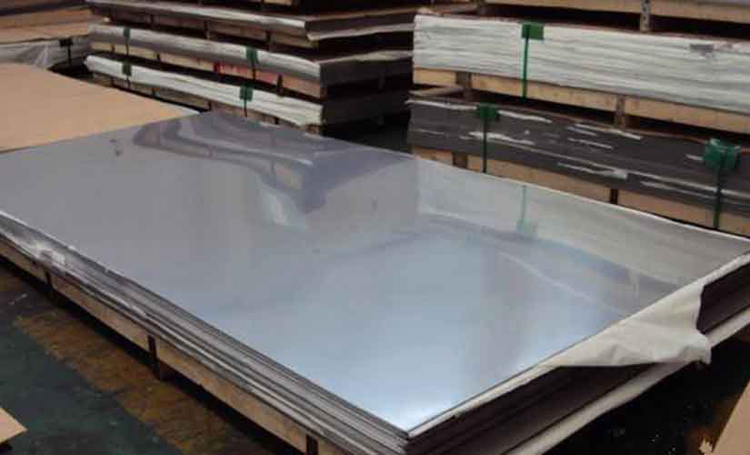
Cold rolling is a steel sheet in which the steel sheet is further thinned to a target thickness below the recrystallization temperature under room temperature conditions. Compared with hot rolled steel, the thickness of cold rolled steel is more accurate, and the surface is smooth and beautiful. Cold-rolled sheets generally do not have a heating process before rolling. However, due to the small thickness of the strip, it is easy to have problems with the shape of the strip. Moreover, the finished product is obtained after cold rolling. Therefore, in order to control the dimensional accuracy and surface quality of the strip, many complicated processes are used. The cold rolling production line is long, the equipment is many, and the process is complicated. With the improvement of users' requirements for strip dimensional accuracy, shape and surface quality, the control model, l1 and l2 systems, and shape control methods of cold rolling mills are more than those of hot rolling. Moreover, the temperature of the roll and the strip is also one of the more important control indicators. By definition, the ingot or billet is difficult to deform at room temperature and difficult to process. Most of the steel is rolled by hot rolling. However, because iron oxide scale is easily formed on the surface of the steel at high temperature, the surface of the hot-rolled steel is rough and the size fluctuates greatly. Therefore, the steel with smooth surface, accurate size and good mechanical properties is required. produced by rolling method.
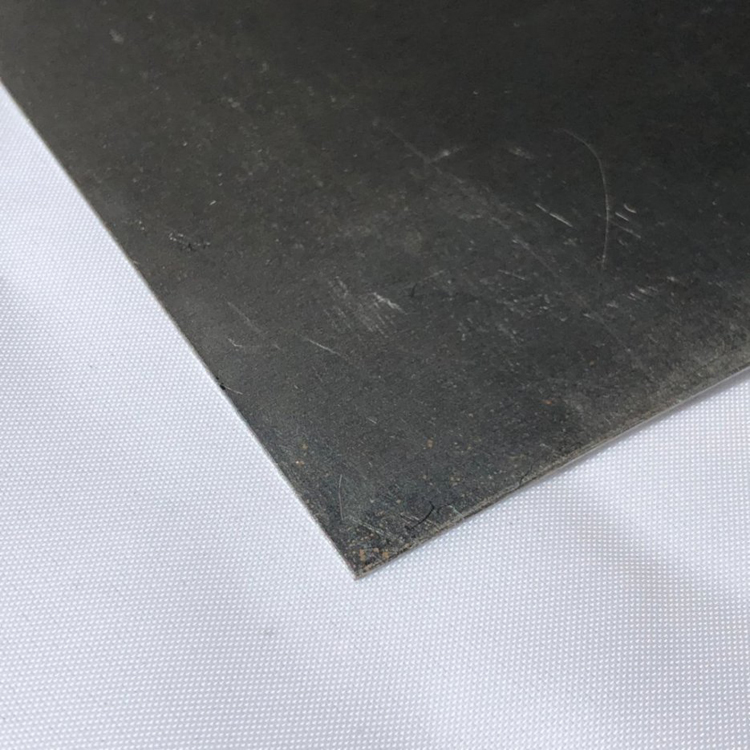
Cold-rolled strips are widely used, such as automobile manufacturing, electrical products, rolling stock, aviation, precision instruments, and canned food. Cold-rolled sheet is the abbreviation of ordinary carbon structural steel cold-rolled sheet, also known as cold-rolled sheet, commonly known as cold-rolled sheet, and sometimes mistakenly written as cold-rolled sheet. The cold plate is a hot-rolled steel strip of ordinary carbon structural steel, which is further cold-rolled into a steel plate with a thickness of less than 4mm. Due to rolling at room temperature, no scale is produced. Therefore, the cold plate has good surface quality and high dimensional accuracy. Coupled with annealing treatment, its mechanical properties and process properties are superior to those of hot-rolled steel sheets. In many fields, especially In the field of home appliance manufacturing, it has gradually replaced hot-rolled sheet steel.
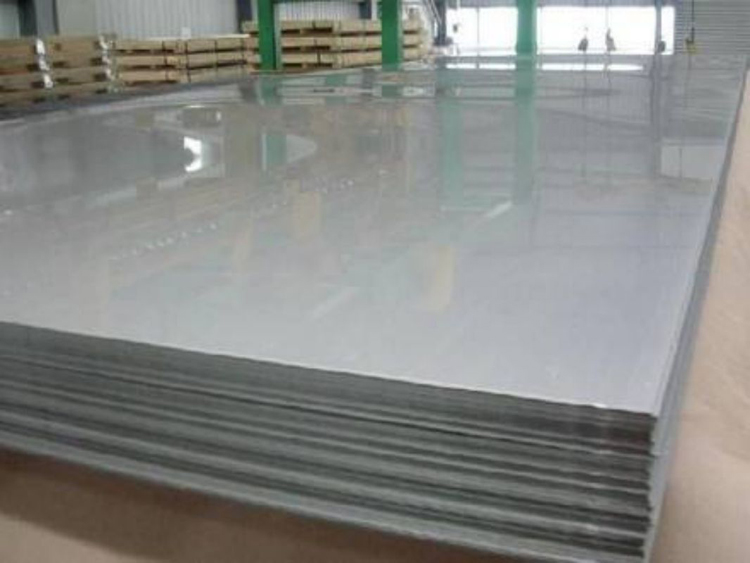
(1) Appearance and surface quality: Since the cold plate is obtained after the cold rolling process of the hot plate, and some surface finishing will be carried out at the same time, the cold plate has a specific heat in terms of surface quality (such as surface roughness). The board comes well, so if there are higher requirements for the coating quality of the product, such as post-painting, generally choose the cold board, and the hot board is divided into pickled board and unpickled board. It has a normal metallic color, but it is not cold rolled, so the surface is not as high as the cold plate. The surface of the unpickled plate usually has an oxide layer on the surface, which is black, or there is a black layer of iron tetroxide. Yes, and if the storage environment is not good, it will usually bring some embroidery.
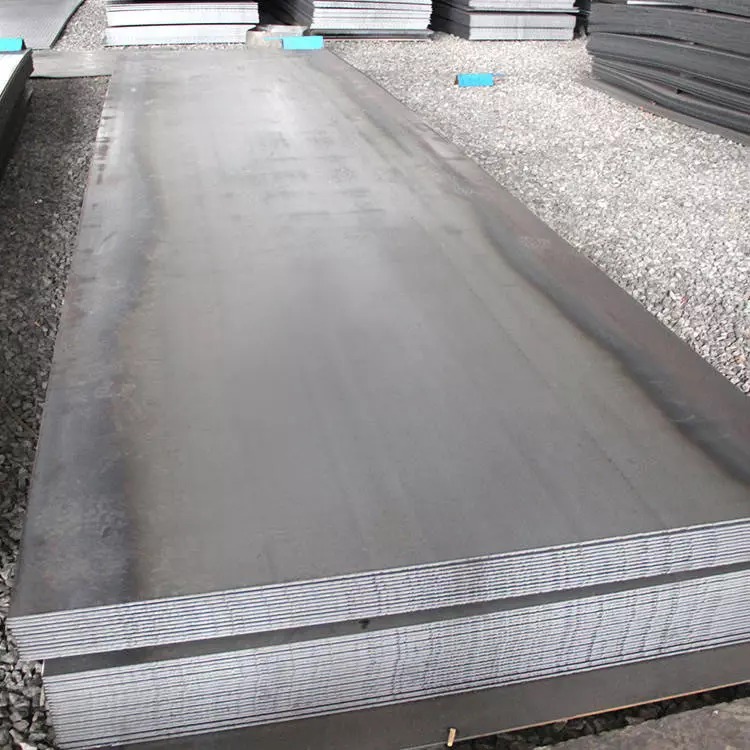
(2) Performance: In general, the mechanical properties of hot plates and cold plates are considered to be indistinguishable in engineering, although cold plates have certain work hardening during cold rolling The yield strength of the cold plate is usually slightly higher than that of the hot plate, and the surface hardness is also higher, depending on the degree of annealing of the cold plate. But no matter how annealed, the strength of cold plate is higher than that of hot plate.

(3) Forming performance, since the performance of cold and hot plates is basically not too different, the influencing factors of forming performance depend on the difference in surface quality. Since the surface quality is better from cold plates, usually the same material is used. The forming appearance effect of cold plate is better than that of hot plate.
 What is the difference between 201 st...
What is the difference between 201 st... Why is 316 stainless steel better tha...
Why is 316 stainless steel better tha... 400 series stainless steel science
40...
400 series stainless steel science
40... How to distinguish the processing tec...
How to distinguish the processing tec... Non-standard design materials of bras...
Non-standard design materials of bras... What type of titanium alloy does Tc4 ...
What type of titanium alloy does Tc4 ...